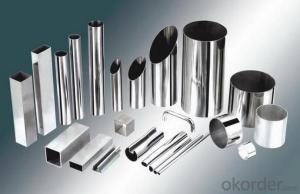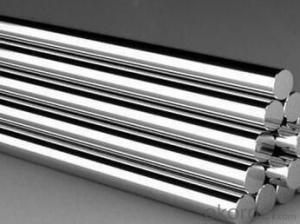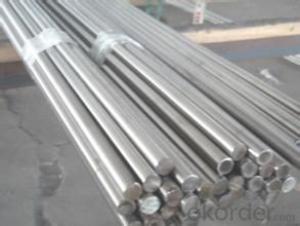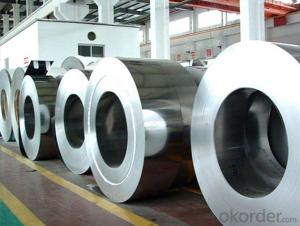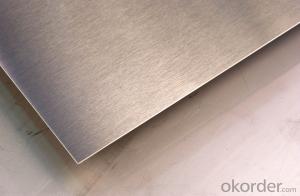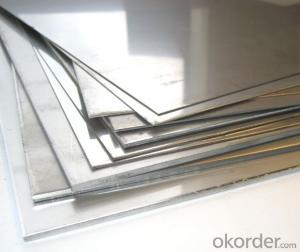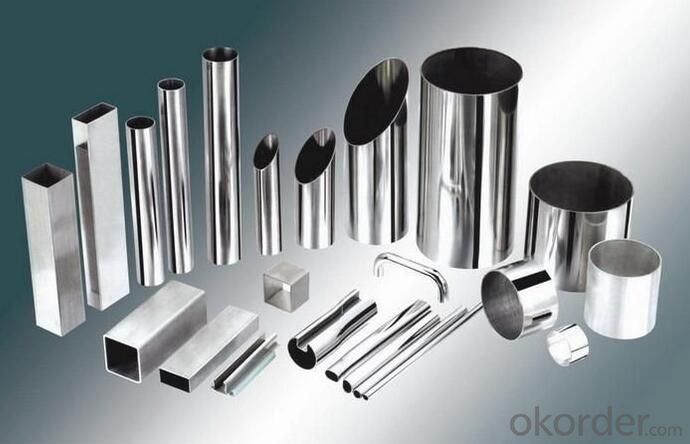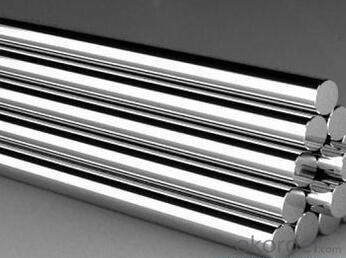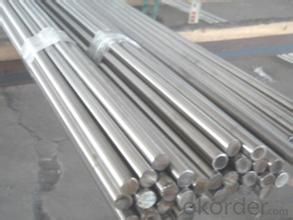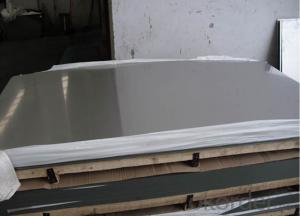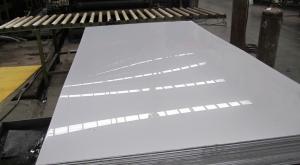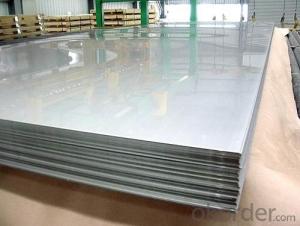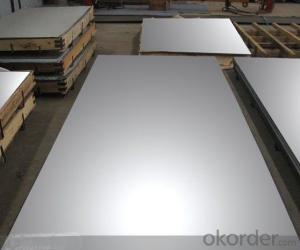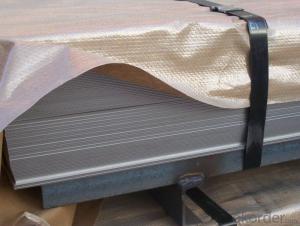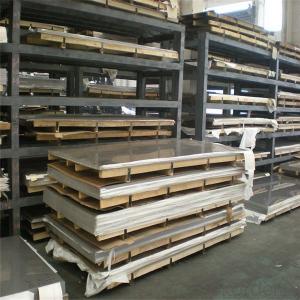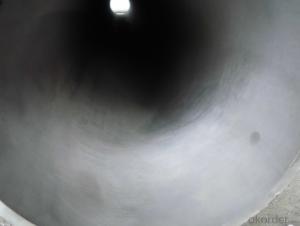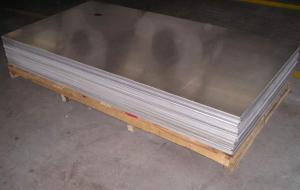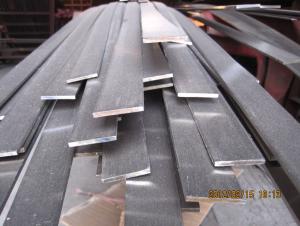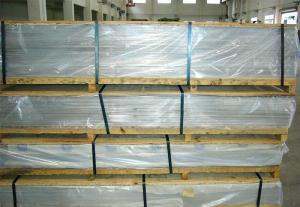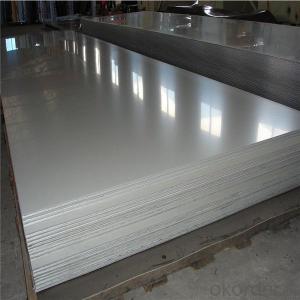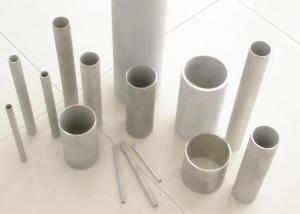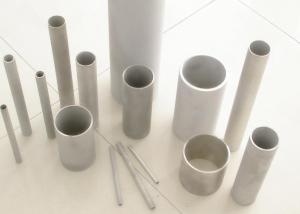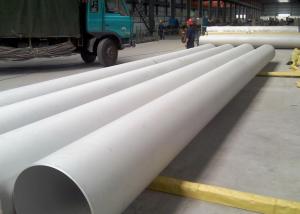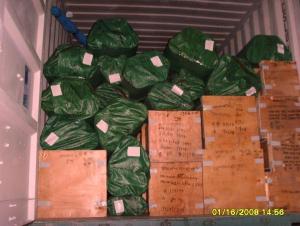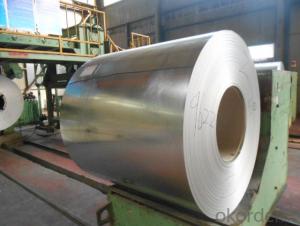Stainless Steel Sheet and Stainless Steel Pipe Price Per Kg
- Loading Port:
- Shanghai
- Payment Terms:
- TT OR LC
- Min Order Qty:
- 1 m.t.
- Supply Capability:
- 20000 m.t./month
OKorder Service Pledge
OKorder Financial Service
You Might Also Like
Specification
Stainless Steel Sheet and Stainless Steel Pipe Price Per Kg
Packaging Details:Wooden pallets,water proof paper-20'GP or 40'GP for stainless steel sheet.
Delivery Detail:within 5-7 days after receiving the deposit
1. Specifications about stainless steel sheet
Commodity | Professional 430 201 202 304 304l 316 316l 321 310s 309s 904l stainless steel sheet |
Grade | 201,202,304,304L,316,316L,310S,309S,321,301,310,410,420,430,904L |
Brand | TISCO ,BAOSTEEL,POSCO,JISCO,LISCO |
Certification | SGS,BV,IQI,TUV,ISO,etc |
Thickness | 0.2mm-150mm |
Width | 1000,1219,1250,1500mm, or as your requirements |
Length | 2000,2438,2500,3000,6000mm, or as your requirements |
Surface | No.1, 2B, BA, 8K Mirror, Hairline,satin, Embossed,brush,No.4,HL,matt,pvc film,laser film. |
Standard | ASTM,AISI,SUS,JIS,EN,DIN,GB, ASME,etc |
Delivery time | 5-7 days after confirming the order |
MOQ | 1 Ton |
Advantages | Showing the splendor of your quality, wearresistant as well , strong corrosion resistance and decorative effect, durable and beautiful in good taste. |
2.Production Flow about stainless steel sheet
Raw materials are sending to hot rolling units for rolling into different sizes
Hot rolled material is annealing in cold; rolled annealing furnace and pickling in acid.
All mill rolls are grinded on precision grinding machine with proper chamfering after first shiftoperation.
All sheets are pickled in different tanks and dried on brush roll machine before dispatched.
These sheets are again annealing and are sent to straighten machine for straightening.
Inspections are done at various stages. Keep proper control overall internal process via rolling,annealin and pickling by our experienced staff.
3.Surface--stainless steel sheet
| Surface Finish | Definition | Application |
| 2B | Those finished, after cold rolling, by heat treatment, pickling or other equivalent treatment and lastly by cold rolling to given appropriate luster. | Medical equipment, Food industry, Construction material, Kitchen utensils. |
BA/8K mirror | Those processed with bright heat treatment after cold rolling. | Kitchen utensils, Electric equipment, Building construction. |
| NO.3 | Those finished by polishing with No.100 to No.120 abrasives specified in JIS R6001. | Kitchen utensils, Building construction. |
| NO.4 | Those finished by polishing with No.150 to No.180 abrasives specified in JIS R6001. | Kitchen utensils, Building construction, Medical equipment. |
| Hairline | Those finished polishing so as to give continuous polishing streaks by using abrasive of suitable grain size. | Building Construction. |
| NO.1 | The surface finished by heat treatment and pickling or processes corresponding there to after hot rolling. | Chemical tank, pipe. |
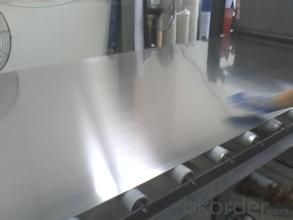
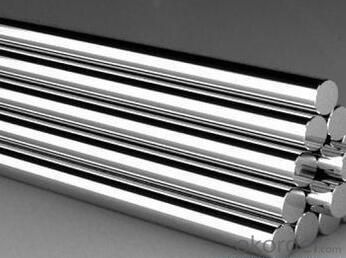
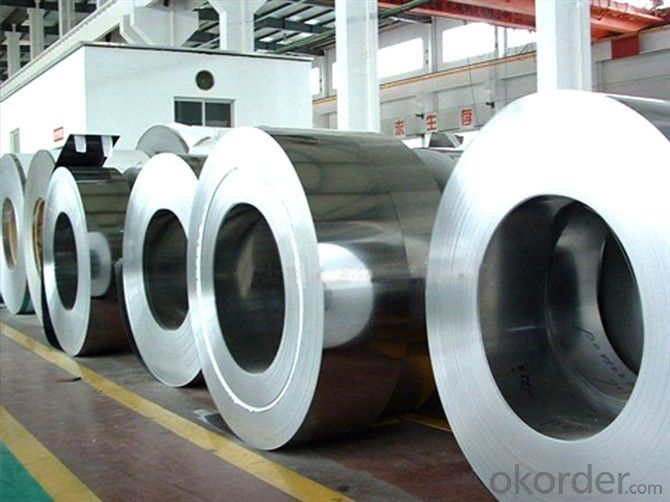
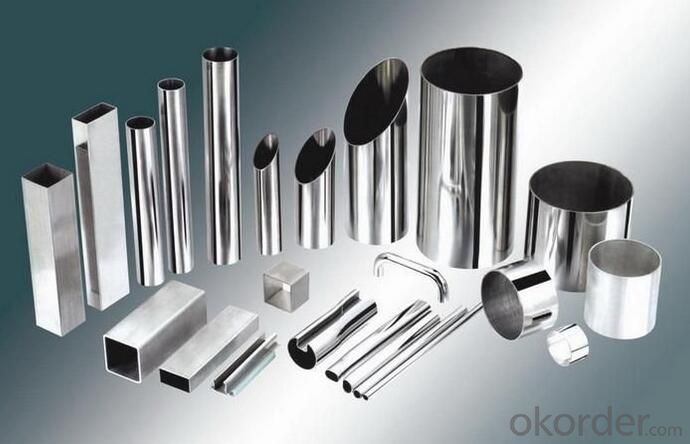
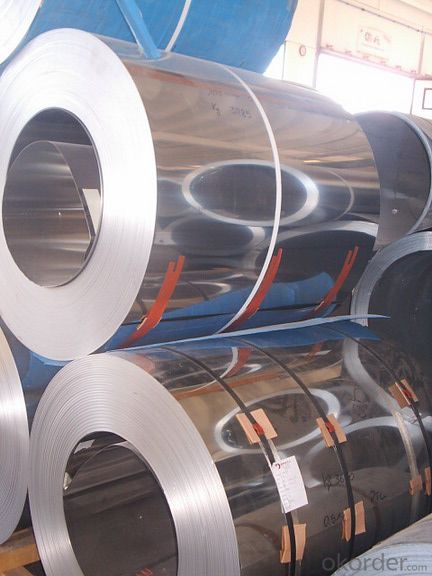
- Q: Are stainless steel sheets resistant to organic acids?
- Yes, stainless steel sheets are generally resistant to organic acids. Stainless steel is known for its corrosion resistance, and this property extends to its ability to withstand the effects of organic acids. However, the level of resistance can vary depending on the specific composition of the stainless steel and the concentration and type of organic acid being used. In some cases, certain organic acids may cause localized corrosion or pitting on the surface of stainless steel, but overall, stainless steel is considered a suitable material for handling organic acids in various industries such as chemical processing, pharmaceuticals, and food production. It is always recommended to consult with experts or refer to specific stainless steel grades and their compatibility with different organic acids to ensure optimal resistance.
- Q: Can stainless steel sheets be used for elevator doors or panels?
- Yes, stainless steel sheets can be used for elevator doors or panels. Stainless steel is a popular choice for elevator applications due to its durability, corrosion resistance, and sleek appearance. It provides a clean and modern look, making it a suitable material for elevator doors or panels.
- Q: What is the maximum thickness of a stainless steel sheet?
- The specific grade or type of stainless steel being used can cause the maximum thickness of a stainless steel sheet to vary. Typically, stainless steel sheets can have a thickness ranging from 0.4 millimeters (0.0157 inches) to 100 millimeters (3.937 inches) or more. However, it's important to note that the availability of thicker sheets may be limited and can differ depending on the supplier or manufacturer. Furthermore, the composition and intended use of certain stainless steel alloys may impose different thickness limits. Therefore, it is always recommended to consult with a supplier or refer to the specifications provided by the manufacturer to determine the maximum thickness of the specific stainless steel sheet you require.
- Q: What are the cost considerations when purchasing stainless steel sheets?
- When purchasing stainless steel sheets, there are several cost considerations to keep in mind. Firstly, the grade of stainless steel will greatly impact the cost. Stainless steel is available in various grades, with each grade possessing different properties and levels of corrosion resistance. Higher grades such as 316 or 304 tend to be more expensive due to their superior corrosion resistance and durability. The size and thickness of the stainless steel sheets also affect the cost. Thicker sheets generally cost more than thinner ones, and larger sheets will be priced higher than smaller ones. It is important to accurately determine the required size and thickness to avoid unnecessary expenses. Surface finish is another factor that can influence the cost. Stainless steel sheets come in a range of finishes, such as brushed, mirror, or matte. Finishes that require additional processing or polishing will usually add to the overall cost. Additionally, the quantity of sheets needed can impact pricing. Bulk purchases often offer discounts or lower per-unit costs compared to buying small quantities. Transportation and delivery costs should also be considered. Stainless steel sheets are heavy and can be expensive to transport, especially if shipping long distances. It is important to factor in these costs to ensure the overall purchase remains within budget. Lastly, it is crucial to consider the reputation and reliability of the supplier. While lower-priced options may be tempting, it is important to ensure that the supplier provides high-quality stainless steel sheets that meet the required specifications. Purchasing from a reputable supplier may come at a slightly higher cost, but it guarantees the quality and reliability of the product. Overall, when purchasing stainless steel sheets, it is vital to consider the grade, size, thickness, surface finish, quantity, transportation costs, and the reputation of the supplier. By carefully considering these factors, one can make an informed decision that balances cost-effectiveness with the desired quality and specifications.
- Q: What does "stainless steel plate" 6.0*1500c mean?
- 1. PTFE/Pb mixture, 0.01-0.03mm, an abrasion resistant material that, during operation, forms a transfer film to protect the grinding shaft.2. copper powder layer, 0.20-0.35mm, to improve the bonding strength of PTFE/Pb and copper plate layer, has good bearing capacity and wear resistance. Higher thermal conductivity allows rapid transfer of heat generated during operation.3. stainless steel substrate, improve the bearing capacity and heat transfer, and have better corrosion resistance.
- Q: How do I prevent discoloration on stainless steel sheets?
- To prevent discoloration on stainless steel sheets, there are a few measures you can take: 1. Regular cleaning: Stainless steel sheets should be cleaned regularly using mild soap or a stainless steel cleaner. Avoid using abrasive cleaners or scrubbing brushes, as they can scratch the surface and make it more prone to discoloration. 2. Avoid harsh chemicals: Avoid using harsh chemicals, bleach, or chlorine-based cleaners on stainless steel sheets, as they can cause discoloration. If any spills occur, clean them immediately to prevent staining. 3. Proper ventilation: Ensure proper ventilation in the area where stainless steel sheets are installed. This is especially important in areas where chemicals or fumes are present, as they can react with stainless steel and cause discoloration. 4. Protective coatings: Applying a protective coating to stainless steel sheets can help prevent discoloration. There are various protective coatings available in the market designed specifically for stainless steel. These coatings create a barrier between the steel and external factors, reducing the chances of discoloration. 5. Regular maintenance: Regularly inspect the stainless steel sheets for any signs of discoloration or damage. Address any issues promptly to prevent further deterioration. By following these preventative measures, you can minimize the risk of discoloration on stainless steel sheets and maintain their aesthetic appeal for a longer period.
- Q: Can stainless steel sheets be used for railway station facades?
- Yes, stainless steel sheets can be used for railway station facades. Stainless steel is a durable and corrosion-resistant material that can withstand harsh weather conditions, making it suitable for exterior applications. It also has an attractive and modern appearance, making it a popular choice for architectural design. Additionally, stainless steel sheets are easy to clean and maintain, which is important for high-traffic areas like railway stations. Overall, stainless steel sheets are a suitable and practical option for railway station facades.
- Q: Are stainless steel sheets resistant to nitric acid?
- Yes, stainless steel sheets are generally resistant to nitric acid due to the presence of chromium in their composition, which forms a passive oxide layer protecting the material from corrosion caused by nitric acid.
- Q: Are stainless steel sheets suitable for petrochemical refineries?
- Yes, stainless steel sheets are suitable for petrochemical refineries. Stainless steel is a highly corrosion-resistant material that can withstand harsh environments and extreme temperatures, making it ideal for use in petrochemical refineries. It offers superior resistance to chemicals, acids, and caustic materials commonly found in refining processes. Additionally, stainless steel sheets have excellent mechanical properties and can withstand high pressure and stress, ensuring durability and reliability in refinery operations. The non-porous surface of stainless steel also prevents the accumulation of bacteria and other contaminants, making it hygienic and easy to clean. Overall, stainless steel sheets are a preferred choice in petrochemical refineries due to their exceptional corrosion resistance, mechanical strength, and ease of maintenance.
- Q: Can stainless steel sheets be used for medical instruments?
- Yes, stainless steel sheets can be used for medical instruments. Stainless steel is a common material choice in the medical industry due to its excellent corrosion resistance, durability, and ease of sterilization. It is widely used in various medical instruments such as surgical tools, implants, and equipment due to its hygienic properties and ability to withstand harsh cleaning and sterilization processes.
Send your message to us
Stainless Steel Sheet and Stainless Steel Pipe Price Per Kg
- Loading Port:
- Shanghai
- Payment Terms:
- TT OR LC
- Min Order Qty:
- 1 m.t.
- Supply Capability:
- 20000 m.t./month
OKorder Service Pledge
OKorder Financial Service
Similar products
Hot products
Hot Searches
Related keywords
